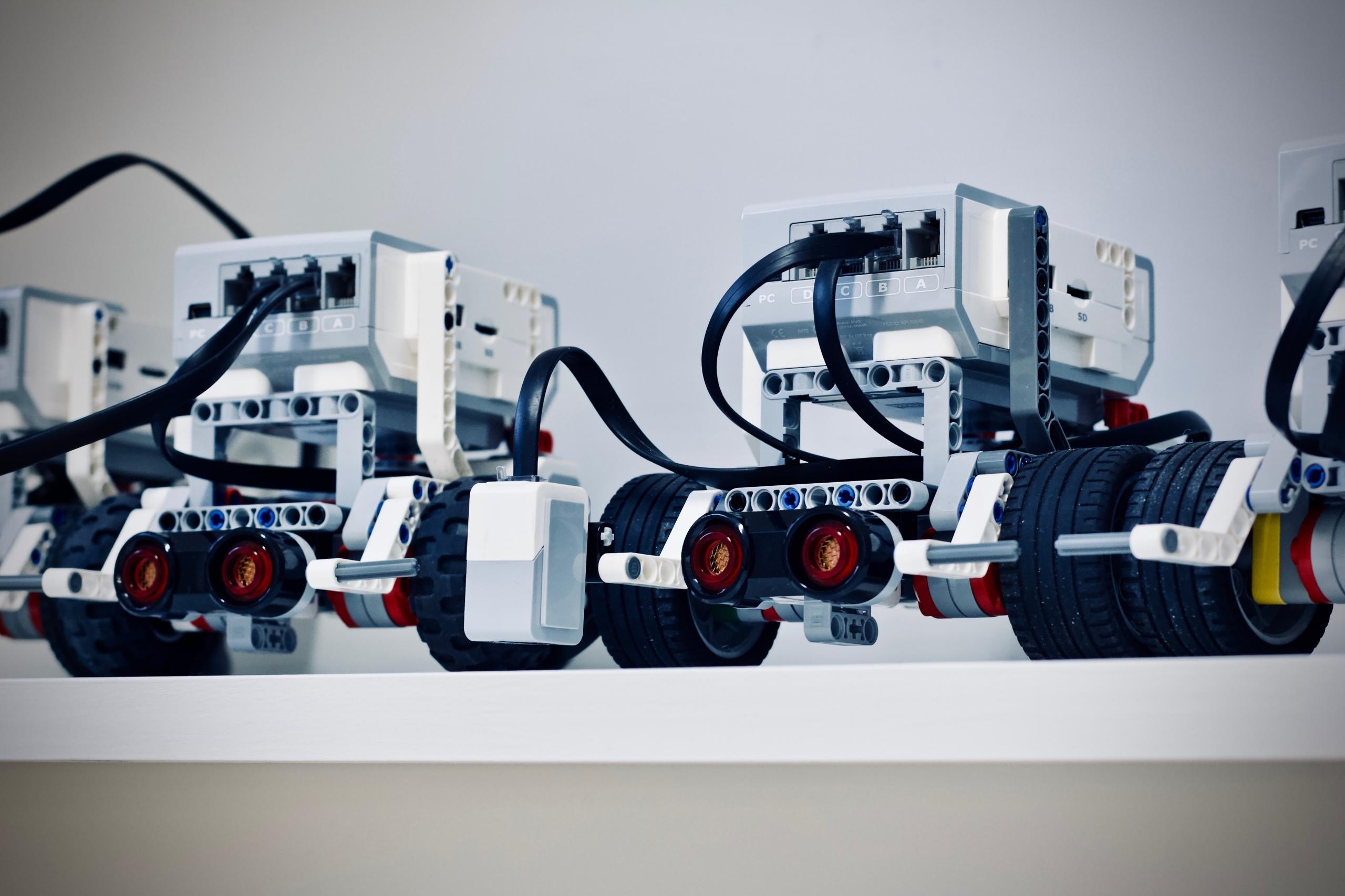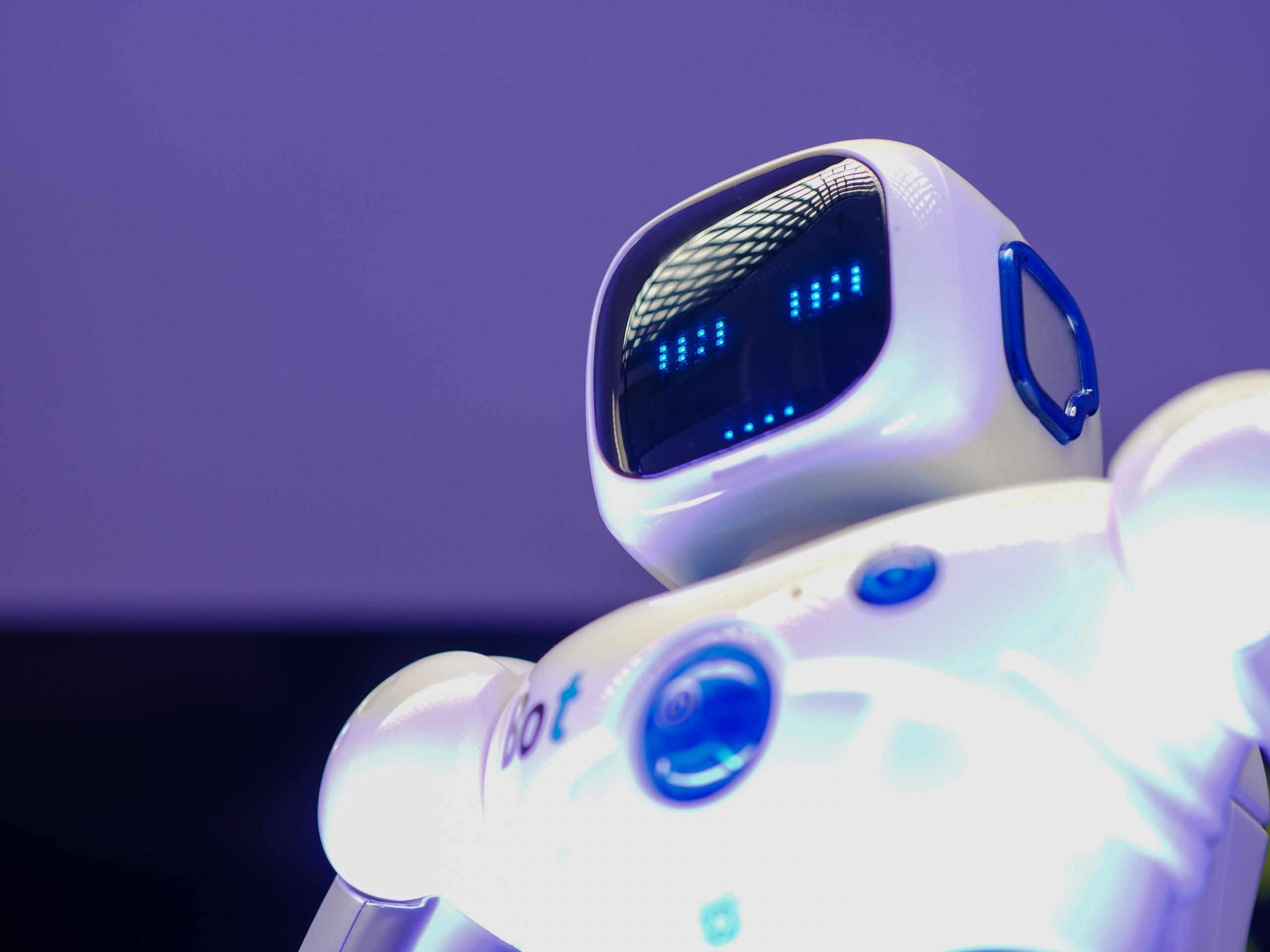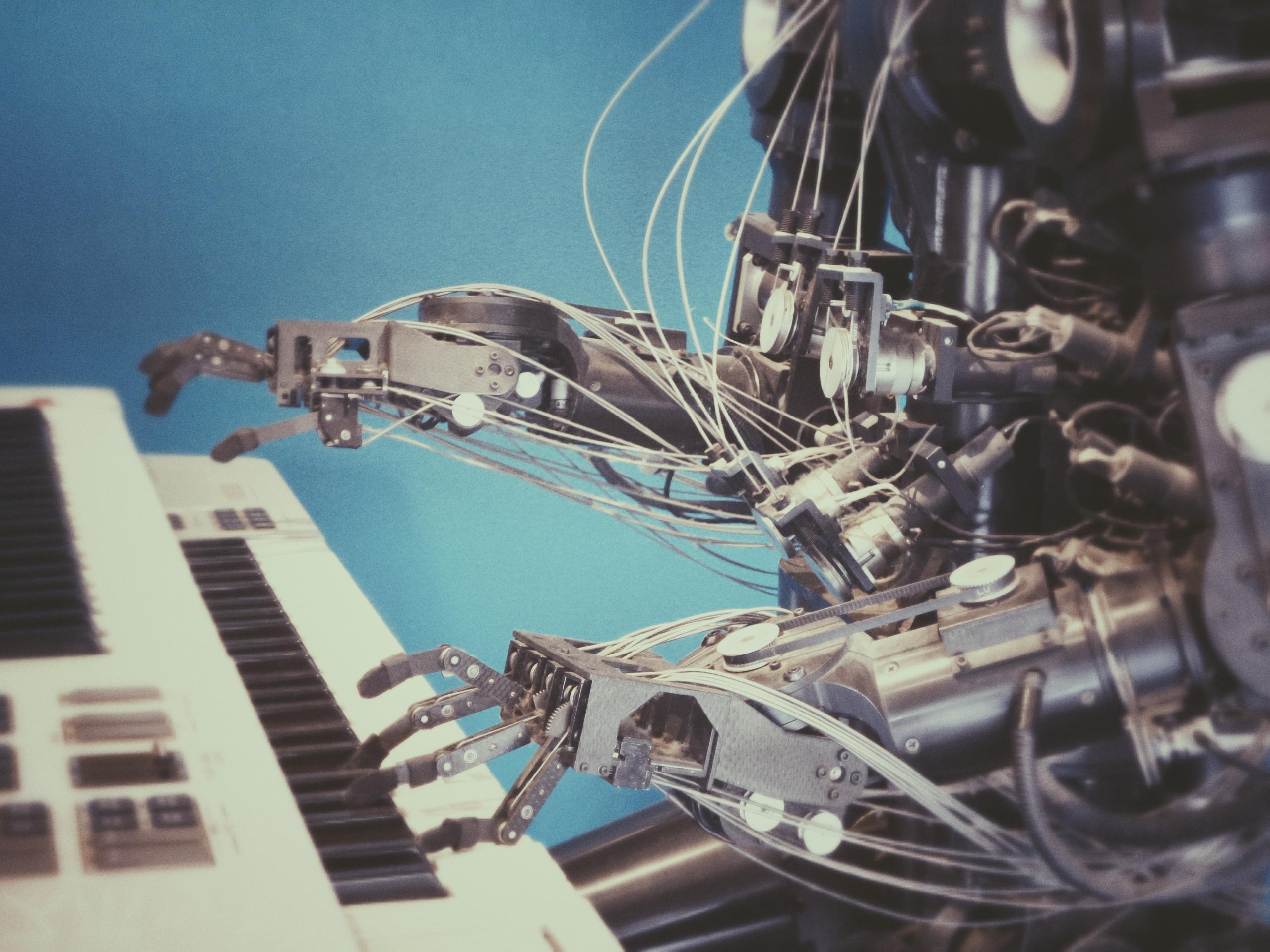Even though Python is more popular than ever thanks to its extensive library and ability to support multiple paradigms, there is still some debate about which is the easiest language for programming robots.
For many programmers C++ is the most efficient language, while JavaScript fans will still maintain that they create the best and most elegant programs.
This, and in particular, python for robotics is an ongoing discussion.
In this article, Superprof looks at the issues and advantages associated with the relationship between robotics and python.
Find tutoring support for Python in robotics, here on Superprof.
Want to give private lessons?
Join the Superprof community and share your knowledge with inquiring and motivated students.
Understanding Python
Python, which is based on ABC, a programming language with a general purpose, originated at a computer science and maths research facility, called CWI in Holland.
See how to build a website with python on Superprof
Find a python course now.
Founder Guido van Rossum is the first Pythonista and even though is the Benevolent Dictator for life, since 2018 he is no longer responsible for the language’s evolution.
Named after the comedy Monty Python, today a sense of fun and playfulness prevails with the use of quirky-sounding codes and playful names.
For instance, instead of using the programming placeholders bar and foo, Python recognises the terms spam and eggs. If you’re a Monty Python fan you’ll know that this is a running gag.
As a language, Python is known to be fun, clean and simple to read and write. Unlike many other coding languages Python doesn’t use curly brackets or demand exceptions. To make it even easier it also draws on whitespace indentation to indicate a new block or decrease indentation signals.
This practice of indentation is also called an off-side rule helps to make the program's semantic structure easily recognisable. While other languages also indent code, the formatting is semantically insignificant most of the time.
So why are programming languages called languages?
Just like any language with unique vocabulary, grammar and syntax rules, programming languages also have rules that need to be followed. Without them, the program won’t work at all or certainly not as it is intended.

Imagine copying and pasting pre-written blocks of language to where you needed them?
Similarly, to how a student might copy and paste sentences through translation software, at Python’s core is its driving philosophy.
Instead of formulating a complicated set of expressions and statements, van Rossum became frustrated at how many already existed. His purpose was for Python to have a small core language while building an extensive library to complement it at the same time.
This user friendly method coupled with Python’s fun approach to programming makes it a favourite for novice developers. It’s simple structure and versatility make it an excellent choice for web development, which is one of its prime uses.
Start a python online course here on Superprof.
Python for Performance?
The fact that Python has been so extensively used in web development indicates that it is not made for speed and performance.
Consider a robot, any robot.
Can you tell which coding language has been used? No, but of course, it has been told what to do.
How?
This is where Python in robotics is useful. Through commands that dictate everything from the order in which processes happen to how often they happen, the robot is able to perform.
It’s well known that the standard programming language for robotics is C++. This however does not mean that you cannot write aspects of a robot's program in Python which can be complemented by C++. If you have the time, you could bring together robotics and Python to write an entire program.
Using Python in robotics means that you trade in speed for simplicity and ease of use.
Don’t forget, regardless of what a robot looks like or how sluggishly it appears to function, at programming levels things have to happen in milliseconds.
Python robotics is up to 100 times slower than C++.
For example, if you’re writing in a control loop, meaning that you have a series of instructions that will command the action or inaction that the robot takes, each loop needs to run at 100 milliseconds, sometimes faster. Depending on the hardware and software involved, Python in robotics is not swift.
Don’t forget Python’s code is meant to manage memory, also known as garbage collection. Its main purpose is to try and recover memory that was assigned by the program but is not referenced at a specific point in the operation.
Python robotics is well suited for running alongside or on top of a robot’s program.
It may even enhance device performance because it constantly frees up memory, however, for functions that require lightning-fast decision making, a C++ robot is more efficient. This is especially true for enterprise-level robots like those needed in manufacturing where performance matters.
So what about Python and computer games?
Why Not Just C++?

So why use Python for robotics at all?
As any robot programmer will tell you, it is completely possible to run a whole robotic system on just C++, however, there are benefits to adding a Python binding.
The reason that robotics and Python work well together is that Python is an interpretive language. This means that it translates the instructions within the program into machine code. This then follows instructions to execute that part of the program. Ultimately, this means that using Python for robotics will allow you to spend less time compiling code which will allow for faster program testing and launching.
When it comes to Python in robotics, it is a great way to test specific parts of a program. If for example, you are concerned about how your programming will direct your robot’s movement, then a basic script in Python would be enough to test that particular aspect. So, using Python in robotics means that won’t have to scrub code, line by line to look for errors or faults.
Not every single line of code is representative of a vital or imperative robotic function.
There are many background processes that will not impact robotic performance or safe operation and these are well suited for writing in Python.
However, there are places where robotics and Python do not go together. For instance, things like control loops and motion planning algorithms, which are critical to your application, are not well suited for creation in Python.
When it comes to the main language required for robotics, industry experts will agree that C++ is still the most efficient method. They will however concede that there is a role for Python in robotics, just not as many as there are for machine learning.
Search for a python course here.
The Best Uses for Python in Robotics

If you’re in the process of building a robot, you may be wondering about the best applications for Python in robotics.
Python is useful for building a prototype or proof of concept (POC) for a start-up. If you are building a robot for the fun or experience of it, you can write the entire code in Python.
If you are trying to keep your project on a tight schedule or budget and have clear performance standards, then you will probably limit your robotics and Python relationship to troubleshooting and testing.
What about GUI with Python? Many programmers will opt to bind a few Python modules to run the non-critical parts of a robot’s program.
So if you are wondering if there is a future for robotics and Python beyond overseeing and testing the lesser critical functions, the answer is that the possibilities are endless.
The area of artificial intelligence (AI) is advancing rapidly and its possibilities are endless. You could allow your imagination to run wild, but in the meantime here are few of those possibilities.
- Continued use of GUI with Python
- Smart houses occupied with robotic appliances, that run on Python
- Robots that act as health companions, especially in times of pandemics or when people need to isolate
- Virtual assistants or robots as chatbots that can hotel and travel arrangements
- Robots as space explorers who could potentially collect data instead of risking human lives
- In areas of public safety much like New York City’s robotic dog
- Robots for the education sector: essay graders (robo-readers) that could potentially free up teachers from time-consuming tasks like reading and grading papers.
While some of these applications are already in existence (think about those websites where you have chatbots to guide you) others are still a bit far-fetched. Don’t forget it was only 70 years ago that Isaac Asimov put together the I, Robot series and only 20 since its stories were brought to film.
Where does this leave us today?
Certainly way beyond machine learning and GUI with Python.
Self-driving cars are almost here for the mainstream consumer and there are even robot companions for sale. Innovation continues at a whirlwind pace and these future interfaces would do well to consider GUI with Python.
Now, find out about the role that Python plays in data science.
Want to give private lessons?
Join the Superprof community and share your knowledge with inquiring and motivated students.





